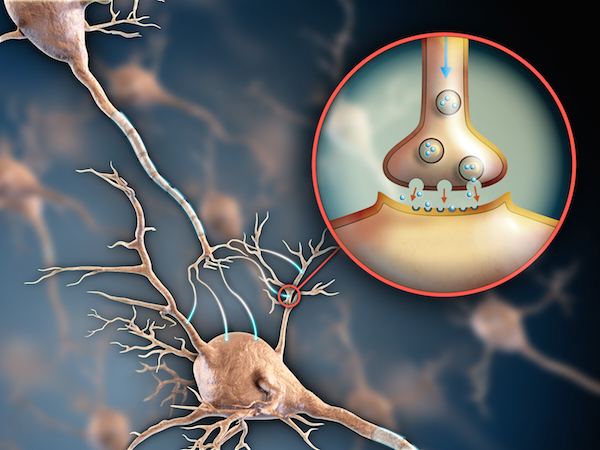
WEDNESDAY, Jan. 6 (HealthDay News) — New tools that use different colors of light to silence brain activity could lead to new treatments for disorders such as epilepsy, chronic pain, Parkinson’s disease and brain injury, neuroscientists say.
These so-called “super-silencers” provide precise control over the timing of the shutdown of overactive brain circuits, something that’s impossible with existing drugs or other conventional treatments, according to the research team from the Massachusetts Institute of Technology.
The research is published in the Jan. 7 issue of the journal Nature.
“Silencing different sets of neurons with different colors of light allows us to understand how they work together to implement brain functions,” study senior author Ed Boyden, a professor in the MIT Media Lab and an associate member of the McGovern Institute for Brain Research at MIT, said in a news release.
“Using these new tools, we can look at two neural pathways and study how they compute together. These tools will help us understand how to control neural circuits, leading to new understandings and treatments for brain disorders — some of the biggest unmet medical needs in the world,” Boyden added.
He and his colleagues developed the super-silencers using two genes — Arch and Mac — found in different organisms such as bacteria and fungi. The genes encode for light-activated proteins that help organisms make energy. The activity of neurons engineered to express Arch and Mac can be inhibited by shining light on them. The light activates the proteins, resulting in lower voltage in the neurons, which prevents them from firing effectively, Boyden explained.
Yellow light silences Arch and blue light silences Mac.
“In this way, the brain can be programmed with different colors of light to identify and possibly correct the corrupted neural computations that lead to disease,” study co-author Brian Chow, a postdoctoral associate in Boyden’s lab, said in the news release.
More information
The U.S. National Institute of Neurological Disorders and Stroke has more about neurological diagnostic tests and procedures.

